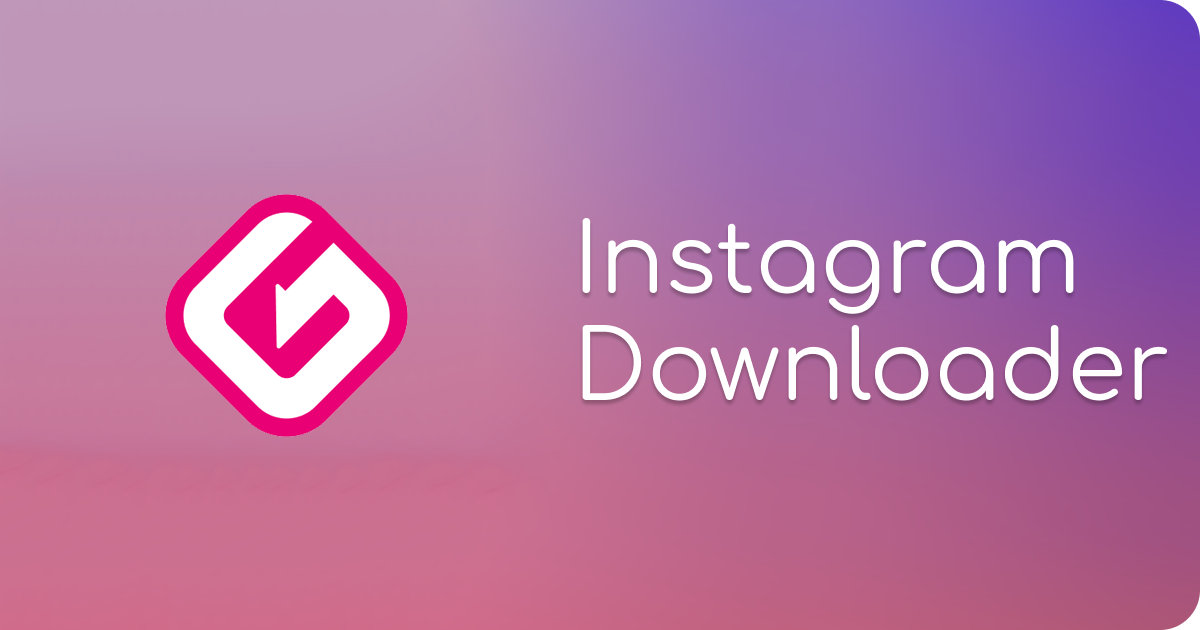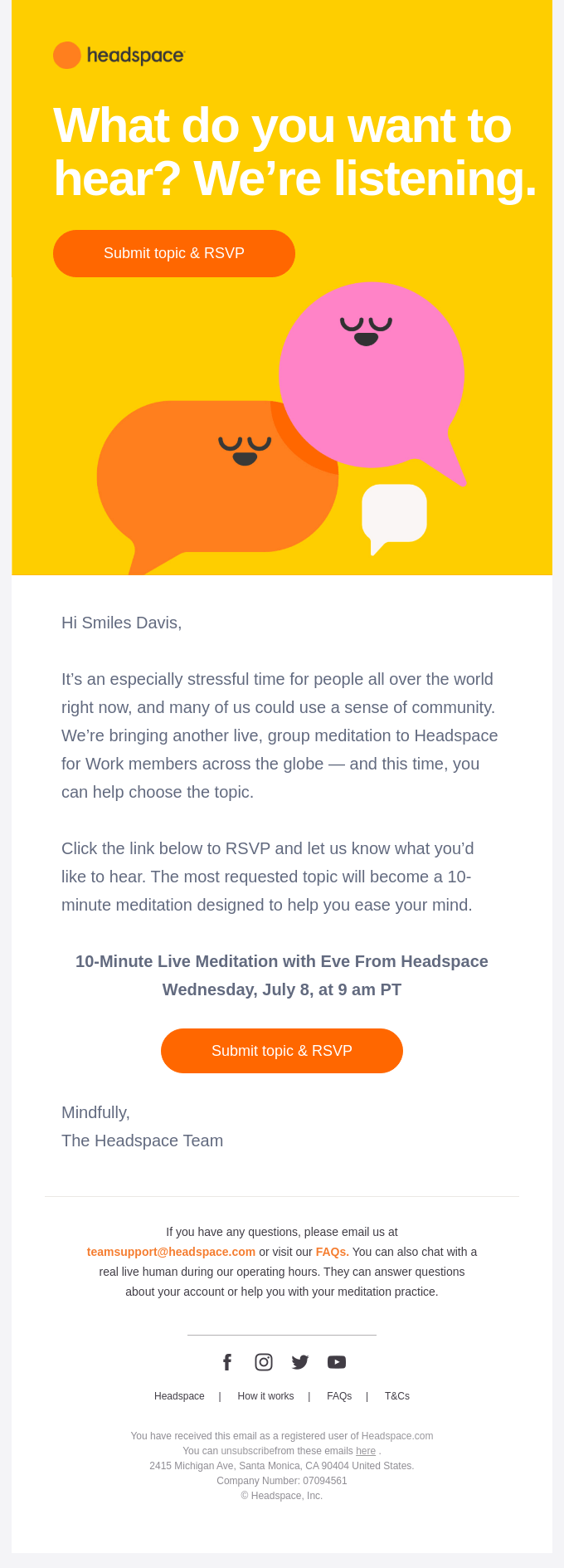
Marketing 101: Everything You Need to Know About SaaS
Businesses have had to modernize as the world becomes increasingly digital, but with that progress many growing pains have come. What was once a technological standard for your industry five years ago has now become obsolete—sometimes what you implemented last year no longer fits the msold. Technology obsolescence is a serious issue for businesses, but there are solutions to it. One of the solutions that businesses have taken on is the widespread use of cloud services. The types of software and services that cover the cloud model are wide-ranging. However, there are a few different categories that need to be considered. The models are separated into three different subgroups: infrastructure as a service (IaaS), platform as a service (PaaS), and software as a service (SaaS).
SaaS is a software distribution model where providers host their software and applications over the internet, making them readily available to users without requiring a download. The benefit of this model comes from the fact that users don’t need to buy or license their hardware and software—as the traditional model would have it. Instead, per example, you can join an affiliate network and have your affiliate management software right at your fingertips, just by logging in, whether you’re working from home or at the office. But how does SaaS differ from the older models of software and hardware? Here are the key differences and why SaaS is the best option for any business.
How Does SaaS Differ from Other Services?
-
The IT Model
The traditional model of using software revolved around using it on-site. This is called the IT model, as it was software installed by your business’s IT team onto an internal server. Once installed to the server, every computer and laptop had to be updated—by the IT team—to guarantee that the software was available for use.
This meant that your IT team had to regularly update software and manage all licensing that came with software and hardware. It also meant that every computer and laptop had to be individually updated whenever a software update was rolled out. New employees required new accounts to be developed, for which all software could be made available. Customizing was another issue, where certain team members needed specific software while others didn’t, and so on. It was a lengthy process, and one that many IT people are happy to no longer deal with.
-
The Cloud
A bigger issue that arrived with the continuation of tech was that modern software updates would eventually require new hardware. This meant that the latest software would one day require all new computers—with updated operating systems—to be purchased. While this has become less of an issue, the matter of uploading all of this software was still an issue. Thankfully, that’s been amended in recent years with the optimization of the cloud.
Nowadays, your business’s teams are able to log on to software remotely, connecting to your internal server by the cloud—what is known as “Infrastructure as a Service.” By buying your own server, which you pay a provider for monthly, you’re able to readily access your technology needs in an instant. But it still comes with its drawbacks:
- You still have to buy a license for software.
- Your IT team still needs to patch and upgrade software.
- You cover the cost of securing and maintaining your software and server.
Similarly, where IaaS is a pay-to-use server and networking model, PaaS is a platform for developing, used by teams to conduct internal application programming and management.

What Makes SaaS Fantastic?
Now, what is it that makes SaaS different? As stated, the difference is in how the system is used and how it is managed. Some SaaS services will provide a connected network with live information, which allows you to track the progress of your marketing efforts at all times. In other cases, you’ll simply be able to access your software wherever you are, making it remotely accessible. But the real benefits shine through by showing just how easy it is to use SaaS software. Here are the primary advantages of the program:
- Payment: You pay for SaaS like any other subscription service, and you can choose what type of service you need for your business, allowing you to decide based on pricing.
- Security: Software security and maintenance is entirely covered by the software provider, meaning your IT team is free to work on other internal projects.
- Upgrades: Similar to security, your IT team no longer has to take care of widespread updates. The provider takes care of that for you, meaning you access the latest version of the software every time you sign in.
- Access: You can access SaaS from anywhere, as long as you have an internet connection and the necessary device.
- Customization: The structure of SaaS applications makes them perfect for customization. While you’ll be provided with a base application for your entire business, customizations can be made to the application to fit the needs of each of your teams—all without having to modify the infrastructure of the software itself.
Stop wasting time on the clock by having your IT team do nothing but reprogram old software while having fellow team members lying in wait for them to be done. You should be making technology work for you, not the other way around.
With SaaS applications, your business is given a solution that allows you to customize and configure applications until they meet the needs of your business practices. Whether it’s an affiliate marketing tool, a business communication platform, a remote integrated workspace, or an accessible document and file library, SaaS makes conducting business easier than ever before.






